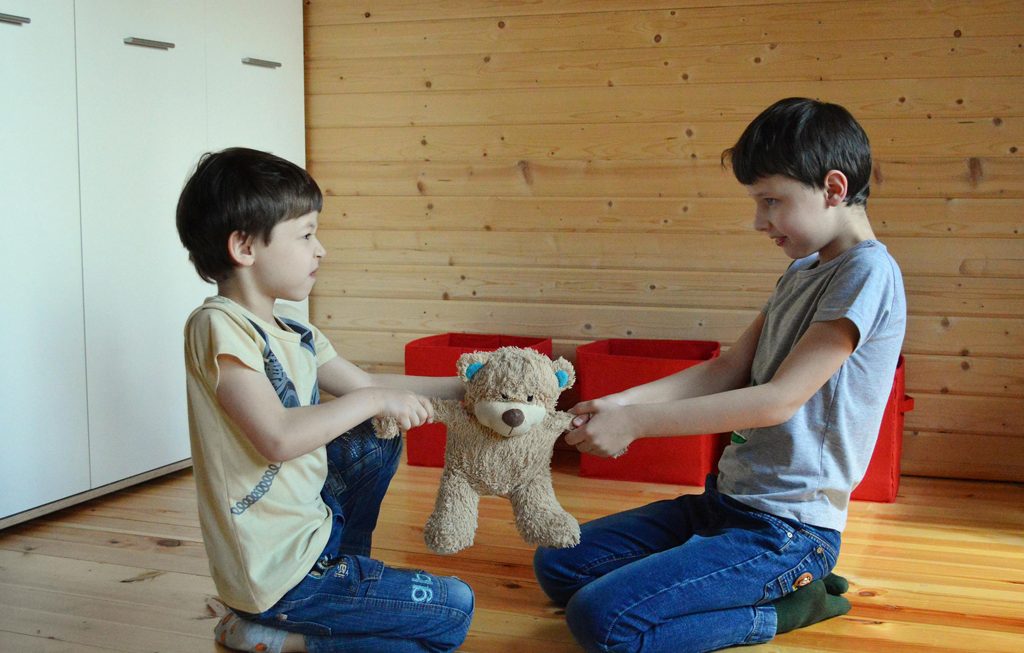by Shari Stamps
Tummy time is often mentioned in parenting guides and pediatric visits, but many families still feel unsure about what it is and why it matters. While it may seem like a small daily task, tummy time plays a significant role in a baby’s early development. When supported gently and intentionally, it becomes a powerful opportunity to nurture physical, neurological, and emotional growth.
What is Tummy Time?
Tummy time refers to the practice of placing a baby on their belly while supervised. Parents can start tummy time as early as the first few days of a baby’s life with chest napping and adjust the type of tummy time and length of tummy time as the baby gets older. Tummy time and floor time is foundational for the strength and mobility needed for future milestones such as eating, rolling, crawling, and sitting.

More Than Muscle: The Full Spectrum of Tummy Time Benefits
Beyond strengthening neck and core muscles, tummy time supports essential developmental functions. Babies begin to activate their shoulders and upper back, develop visual tracking skills, and organize reflexes that are critical to movement and self-regulation. These movements also stretch the fascia, the connective tissue that wraps around muscles and organs, which can become tight or restricted during birth (and any perceived trauma or danger).
This practice is particularly supportive for babies who have oral ties or feeding challenges. Time spent on the belly helps with jaw and neck mobility, encourages better head control, and supports the development of the muscles used in suck-swallow-breathe coordination. As babies learn to push, lift, and shift their weight, they begin to understand their body’s capabilities. These experiences provide critical input to the sensory and nervous systems, helping infants feel more grounded and responsive.
Meeting Babies Where They Are
For some families, tummy time doesn’t go as planned. It’s common to hear that a baby becomes upset when placed on the floor or doesn’t tolerate being on their stomach for long. This isn’t necessarily resistance to the activity—it’s often a signal of discomfort. Babies may still be holding tension from birth or experiencing tightness or restriction in certain muscle groups and need the support of a qualified infant craniosacral therapist.

Instead of avoiding tummy time altogether, families can try variations that feel more comfortable. Placing baby chest-to-chest with a reclining caregiver offers the same benefits with more comfort. Other alternatives include supported side-lying or using a small towel rolled under the chest. The goal is to ease a baby into the position without stress.
Creating a supportive environment also makes a difference. Low lighting, soft voices, and calm energy help babies feel safe and willing to explore. Tummy time can also be paired with familiar transitions, such as after diaper changes or baths, making it a natural part of the daily rhythm.
Making Tummy Time a Meaningful Routine
Tummy time doesn’t have to look a certain way or meet a specific time quota each day. Babies respond best to short, frequent sessions that align with their needs and mood. What matters more than duration is the connection between caregiver and child.
Spending time face-to-face, engaging with a baby while they are on their belly, turns a moment of effort into a moment of bonding. With consistency, babies begin to develop confidence in their movement, and the small milestones gradually build into more coordinated motion and curiosity.

Every baby’s timeline is unique. Some little ones may lift their head early (too early is usually due to extensive neck tension), while others need more time to build strength. Encouraging progress at a gentle pace helps babies build trust in themselves and their environment. It also reassures parents that their support—more than any tool or toy—is what truly matters.
Tummy time fosters more than motor development. It lays a foundation for sensory regulation, body awareness, and a secure attachment with caregivers. As babies stretch, lift, and explore, they are also integrating systems within their body that will influence feeding, sleep, and more.
Shari Stamps is a consultant, freelancer, podcaster, and the founder of Navigating Parenthood, where she combines her expertise in postpartum, lactation, myofunctional therapy & airway, oral ties, craniosacral therapy, maternal mental health, and sleep & wellbeing to offer integrative wellness sessions, courses, and digital downloads to expecting and postpartum families. As a mom of 6, she’s always learning something new. Join the journey via social at @navigatingparenthood.





